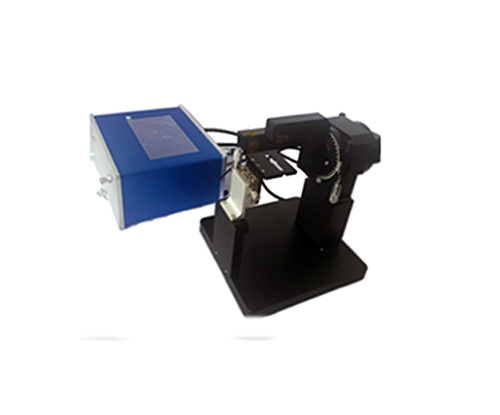Address:Room 201, building 36, NO.2777, East JingXiu road, Pudong New Area, Shanghai
Zip code:201201
Sales : 400-820-7939
Landline/Fax:021-50687686
?2011-2019 SHANGHAI OCEANHOOD OPTO-ELECTRONICS TECH CO., LTD.
在線光譜檢測、顯微拉曼、手持式拉曼、光纖光譜儀、便攜式拉曼
滬ICP備11034945號-1
拉曼光譜儀品牌 | 光譜儀生產廠家 | 產品報價問題 | 解決方案 | 原理 |
哪家好請聯系我們







